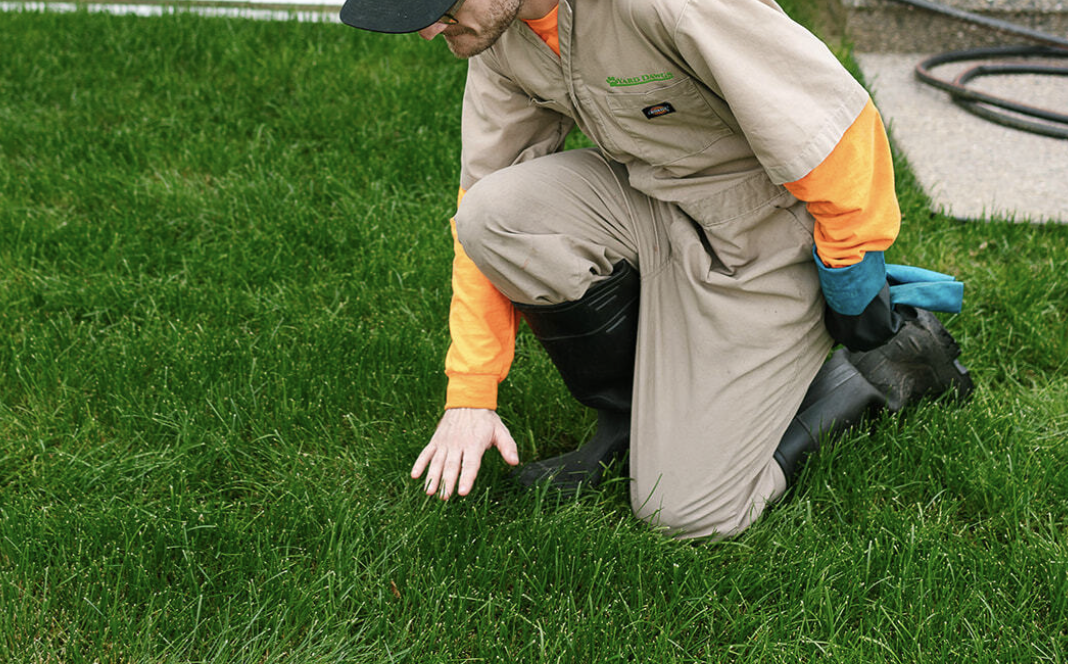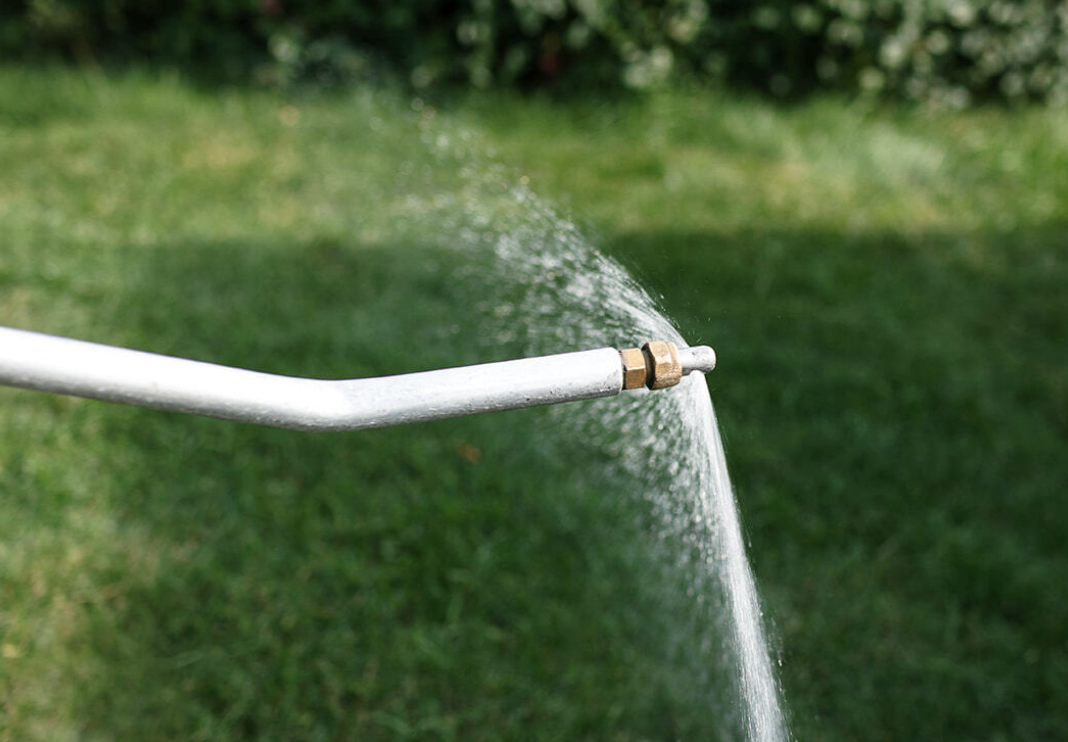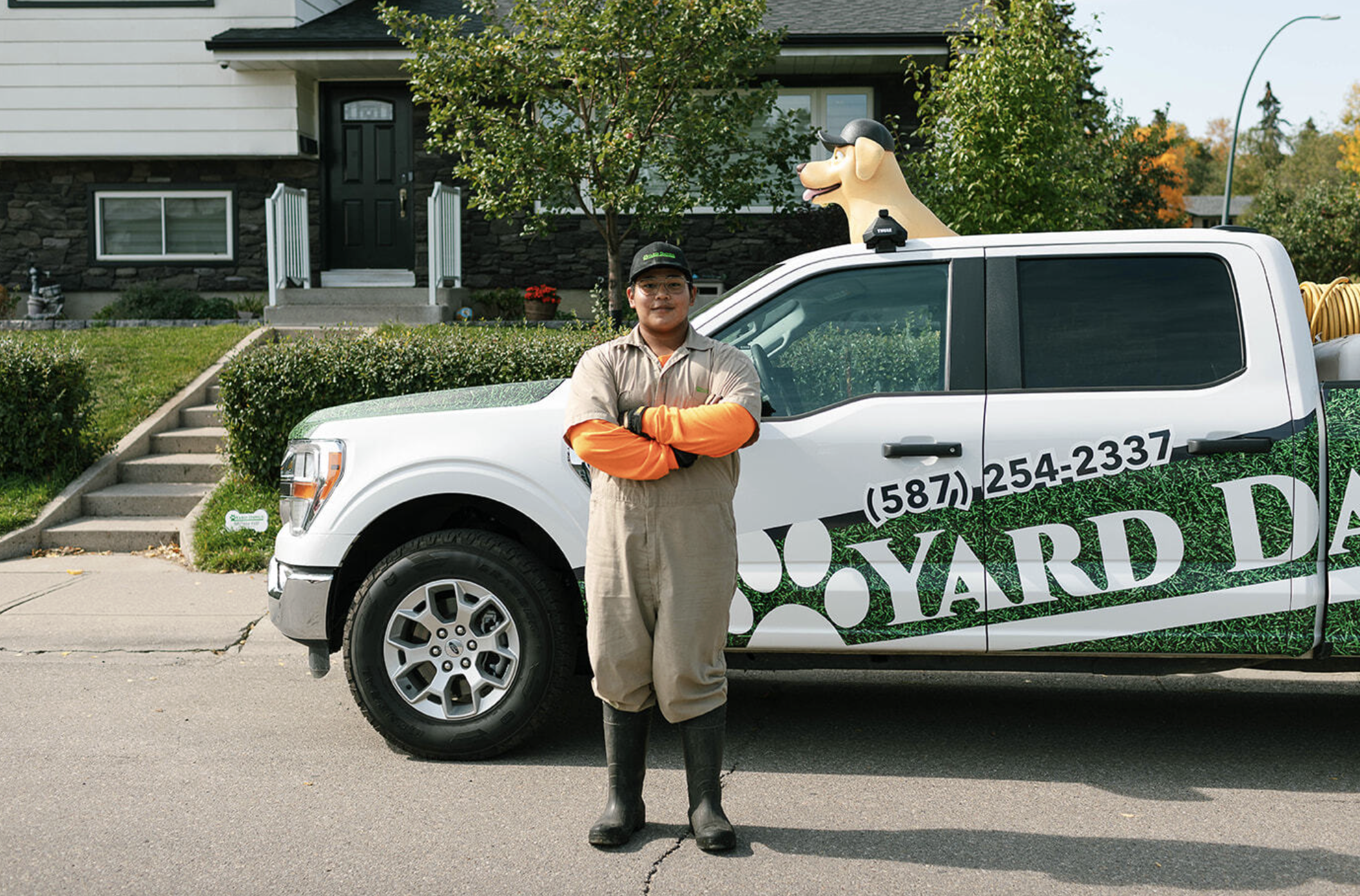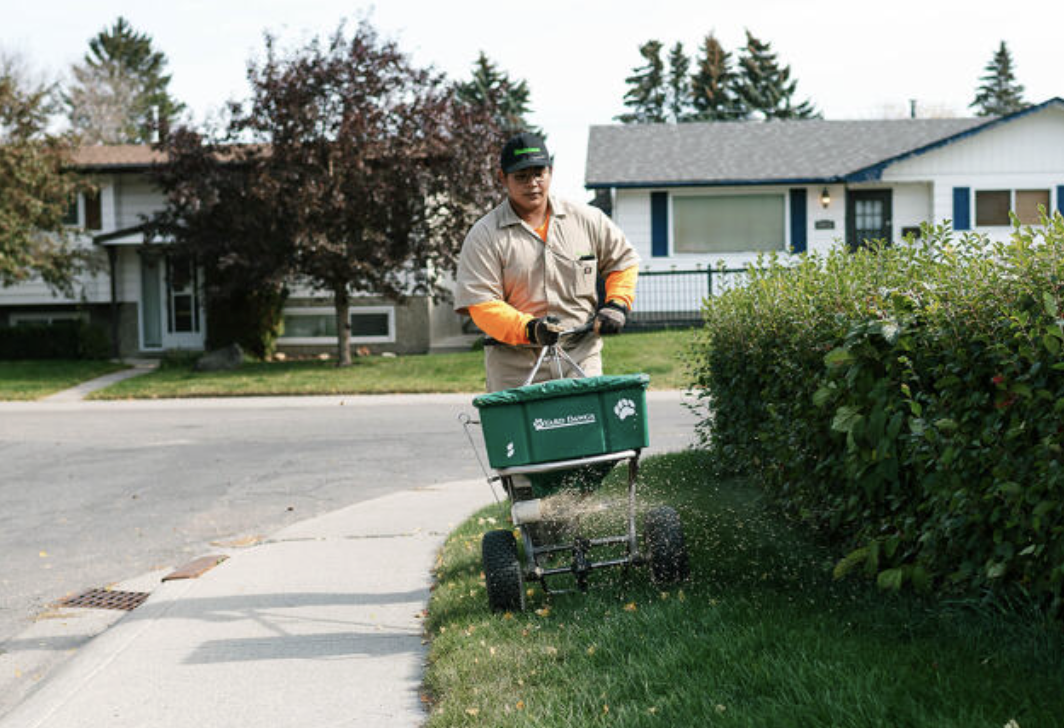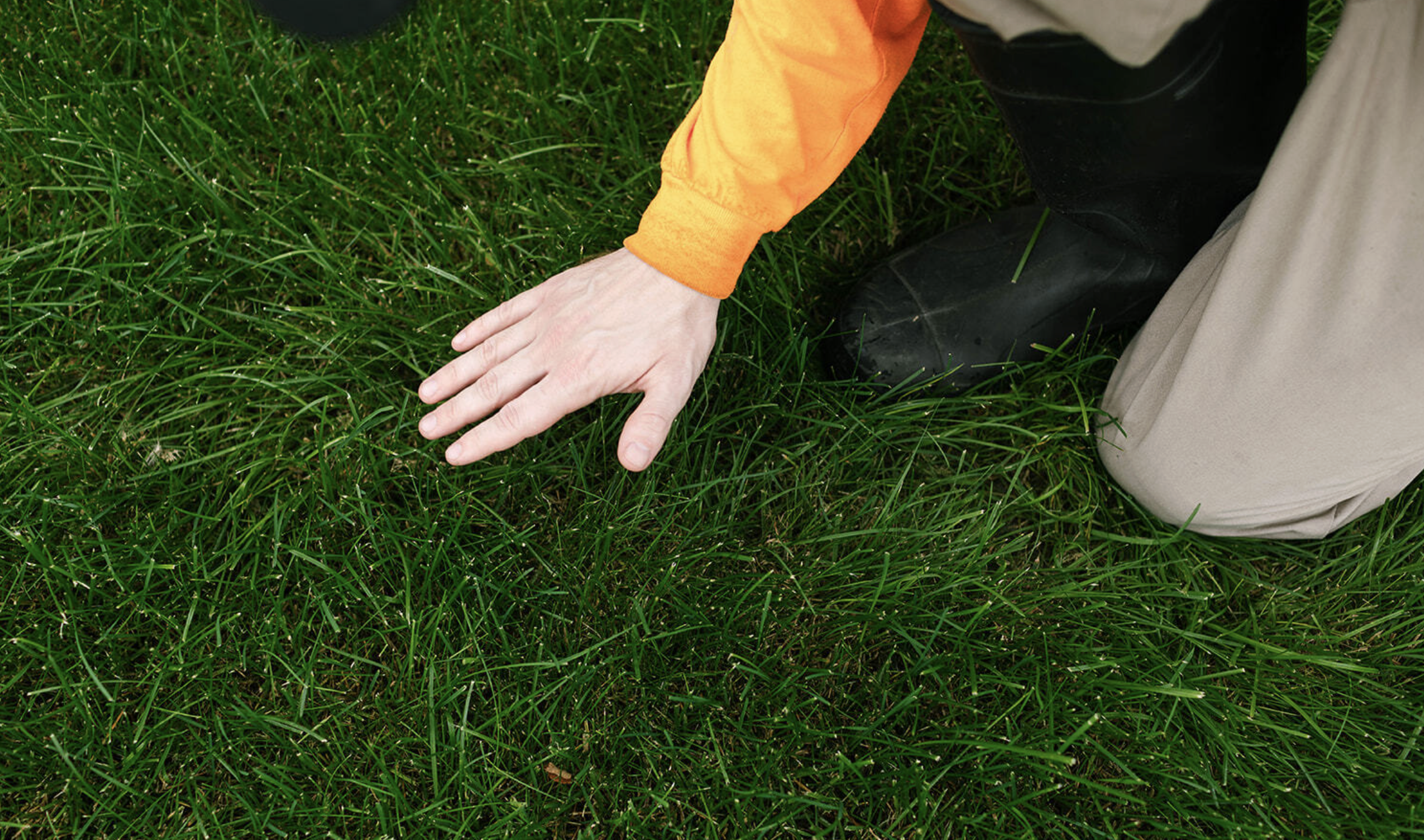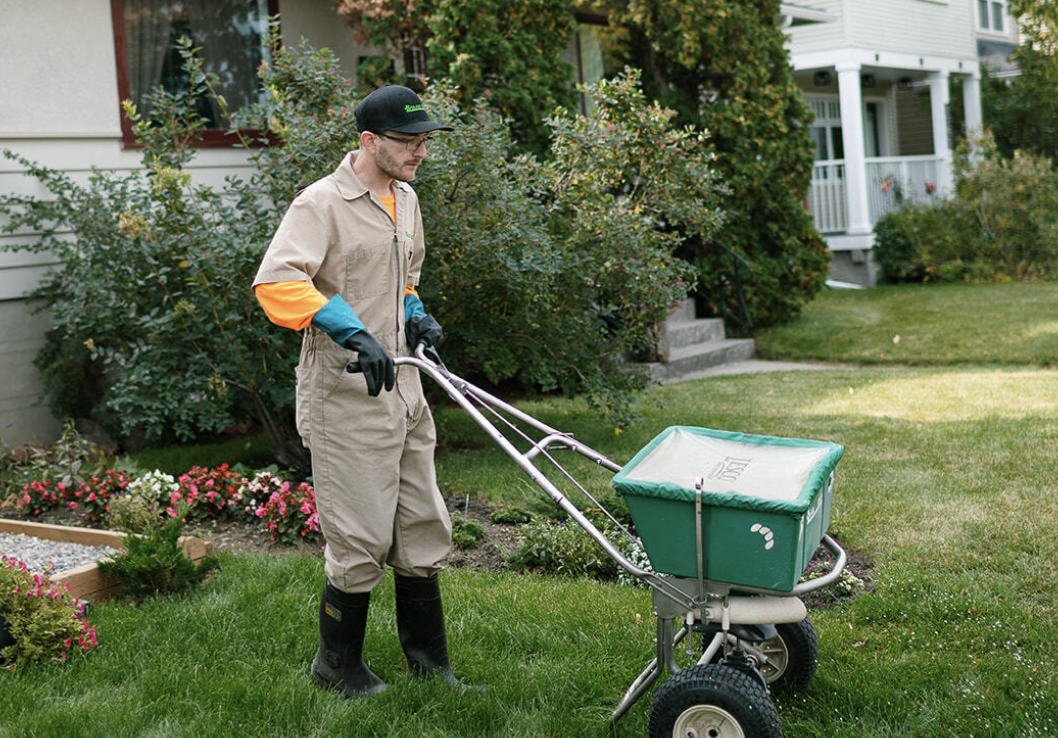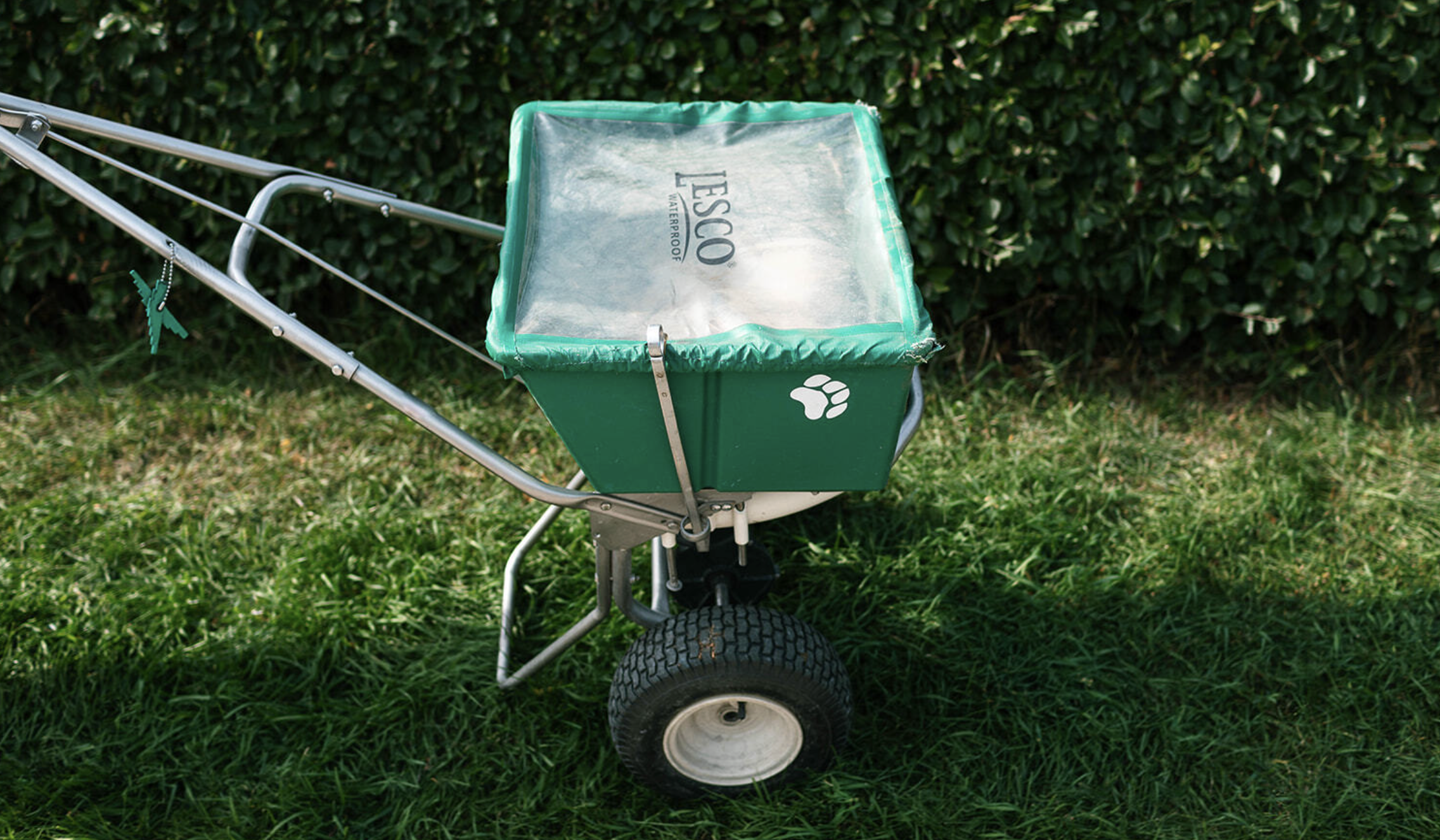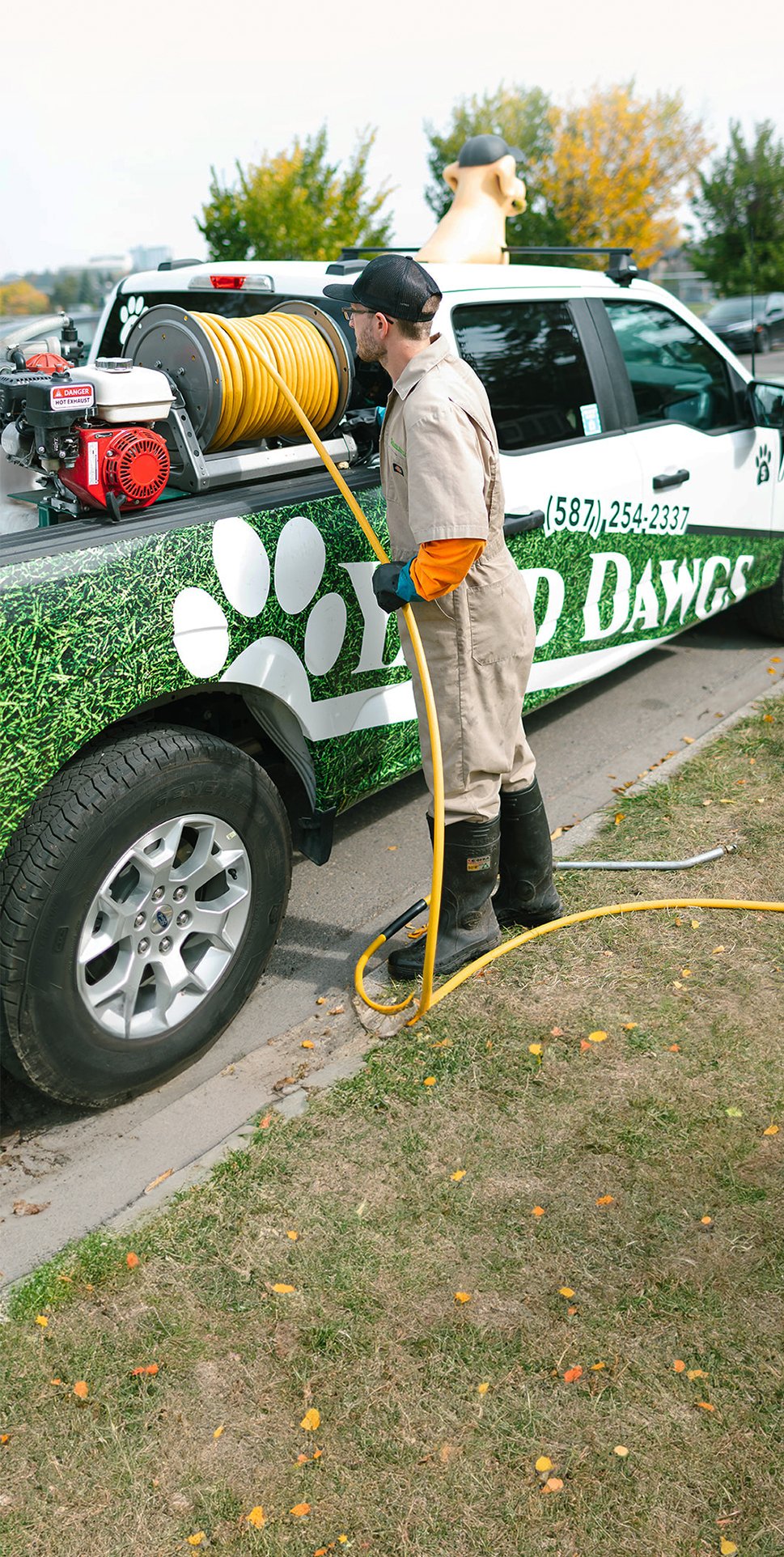A healthy, green lawn in summer starts with proper care in spring. Calgary’s long, harsh winters take a toll on turf, leaving grass compacted, stressed, and slow to recover once the snow melts. Spring lawn care is the key to helping your lawn bounce back and prepare for strong, even growth throughout the season.

From cleanup and aeration to fertilization and overseeding, this guide covers everything you need to know about spring lawn care in Calgary - and when to take action for the best results.
Understanding Calgary’s Spring Lawn Challenges
How Winter Affects Your Lawn
Calgary winters create several problems that must be addressed in spring:
- Snow mold and fungal growth can develop under lingering snow, causing discoloration and weak patches.
- Soil compaction from snow and foot traffic limits root growth and water absorption.
- Thatch buildup and dead grass can smother new growth and slow recovery.
Without proper spring maintenance, these issues often worsen as temperatures rise.
When to Start Spring Lawn Care in Calgary
Timing is critical. Lawn care should begin once:
- Snow has fully melted
- The ground has thawed and is mostly dry
- Daytime temperatures are consistently above freezing
Starting too early can damage wet soil and fragile grass, while starting too late delays recovery. Early to mid-spring is ideal for initial services such as aeration, light raking, and cleanup.
Essential Spring Lawn Care Steps
Yard Cleanup and Light Raking
Begin by removing leaves, twigs, pet waste, and debris left behind after winter. Once clear, perform a light hand rake to loosen surface thatch and dead grass. Avoid aggressive raking in spring, as it can damage healthy turf and grass crowns.
.png?width=725&height=300&name=Blog%20(14).png)
Power Raking and Dethatching (When Needed)
If your lawn has excessive thatch buildup, power raking may be necessary. Removing this layer improves airflow and allows water, sunlight, and nutrients to reach the soil. Not every lawn requires power raking every year, so timing and condition matter.
Aeration: Relieving Compaction and Strengthening Roots
Soil compaction is one of the most common spring lawn issues in Calgary. Core aeration removes small plugs of soil, allowing oxygen, water, and nutrients to penetrate deeper into the ground. Aeration promotes stronger roots, better drainage, and healthier turf overall.
Overseeding: Repairing Thin or Bare Areas
Winter damage often leaves lawns thin or patchy. Overseeding fills bare spots, thickens turf, and helps prevent weeds from taking over. For best results, overseeding should be combined with aeration to improve seed-to-soil contact.
Fertilization: Feeding Your Lawn the Right Way
Spring fertilization replaces nutrients lost during winter dormancy. Applying a slow-release fertilizer once the soil warms helps promote steady growth, deep roots, and rich green color - without overstimulating weak grass too early.
Weed Control: Getting Ahead of the Problem
Spring is the best time to control weeds before they fully establish:
- Pre-emergent treatments help stop weeds before germination.
- Early removal prevents weeds from competing with grass for water and nutrients.
A thick, healthy lawn is the best long-term defense against weeds.
.png?width=725&height=300&name=Blog%20(17).png)
Watering Your Lawn Properly
As temperatures rise, consistent watering becomes essential:
- Aim for 1 inch of water per week, including rainfall.
- Water deeply and less frequently to encourage strong root growth.
- Newly overseeded areas need lighter, more frequent watering until germination.
.png?width=725&height=300&name=Blog%20(16).png)
Calgary’s dry climate makes consistent watering especially important.
DIY Lawn Care vs. Professional Lawn Care
Spring lawn care requires time, proper equipment, and experience. While homeowners can handle basic maintenance, professional lawn care services offer clear advantages.
Why Professional Lawn Care Makes a Difference
- Commercial-grade equipment provides deeper aeration and cleaner dethatching
- Proper timing ensures services are done when lawns benefit most
- Even fertilizer and treatment application prevents under- or over-feeding
- Proactive problem detection stops issues before they become costly
Professional programs also save time and help ensure long-term lawn health year after year.
Keep Your Lawn Healthy All Season Long
Spring sets the foundation for everything that follows. Lawns that receive proper spring care recover faster, resist weeds better, and handle summer heat more effectively. Consistent mowing, watering, and maintenance through late spring and summer will protect the work you’ve already put in.
Make Your Lawn Look Its Best This Spring with Yard Dawgs
If you’re looking for expert spring lawn care in Calgary, Yard Dawgs is here to help. From aeration and fertilization to weed control and overseeding, our team uses proven techniques and professional equipment to deliver real results.
Contact Yard Dawgs today and give your lawn the strong, healthy start it needs this spring.
FAQ: Spring Lawn Maintenance
What is the first thing you put on your lawn in the spring?
The first thing to do during spring lawn maintenance is to clear debris and apply a balanced fertilizer. Cleaning up leaves and twigs helps the grass breathe and receive sunlight. Once the soil warms up, a slow-release fertilizer provides essential nutrients for new growth.
How often should I cut grass in spring?
You should mow your grass every 7–10 days during early spring, or whenever it reaches about 3 inches tall. Avoid cutting more than one-third of the grass height at a time to prevent stress and ensure strong, even growth throughout the season.
What do I put on my lawn in March?
In March, focus your spring lawn maintenance on preparation rather than heavy treatment. Apply a light fertilizer, spread compost or organic material to enrich the soil, and use pre-emergent weed control to stop early weeds from sprouting. If weather allows, overseed thin areas to get a head start on thick, healthy turf.
How should I treat my lawn in March?
Treat your lawn in March by gently raking away debris, aerating compacted soil, and lightly watering if conditions are dry. Avoid aggressive work like power raking too early. Once temperatures rise, fertilize lightly to feed the roots and promote early green-up.






.png)

